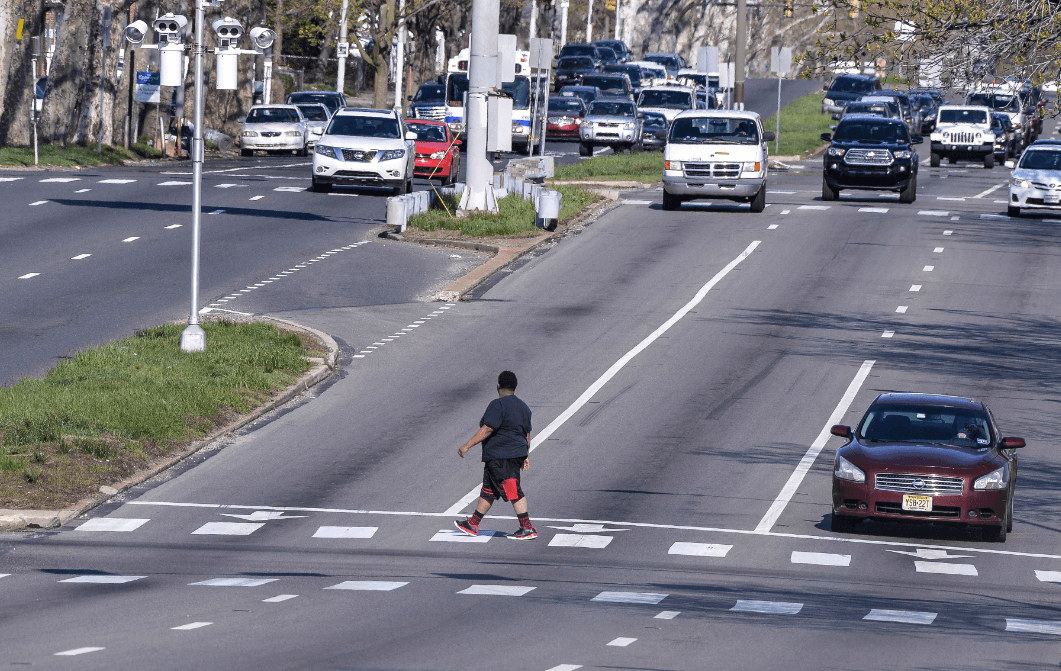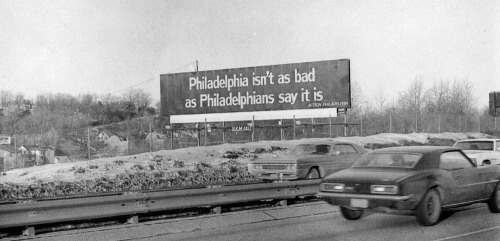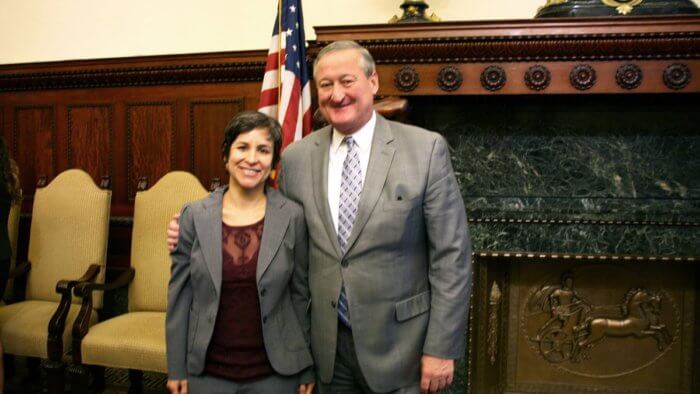The 12-lane divided highway that serves as the spine of Northeast Philadelphia is often referred to as a “death trap” among locals, but soon Roosevelt Boulevard will be getting the safety improvements it desperately needs. On Wednesday, Mayor Jim Kenney announced the “Route for Change” program, a series of public forums and studies funded by a $2.5 million U.S. Department of Transportation TIGER grant, combined with $2.5 million from the city, SEPTA and the Pennsylvania Department of Transportantion, that’s promised to transform the boulevard for good. RELATED:Woman tells police she wasn’t abducted from SEPTA bus, despite witness testimony “It’s unacceptable that in the past five years, there have been almost 3,000 reportable crashes. As a result, there have been over 50 fatalities – 20 of which were pedestrians walking along the boulevard,” Kenney said during a press conference announcing the plans Wednesday. “It is unacceptable that pedestrians and bicyclists have to cross 12 lanes of high-speed vehicular traffic – which is the length of a football field. It is also unacceptable that it takes twice as long to travel the boulevard by bus than it [does] by car. These statistics illustrate the consensus that the boulevard just is not working, and has not worked for quite some time.” A study conducted by State Farm Insurance in 2001 designated Roosevelt Boulevard one of the most dangerous roadways in the country, with the intersections of Red Lion Road and Grant Avenue the second and third most dangerous intersections in the country, respectively. In 2004, the city installed the first red light camera in Philadelphia along the boulevard. Kenneth McClain is the executive for PennDOT’s District 6, which encompasses the five-county Philadelphia region. He said PennDOT, SEPTA and the City of Philadelphia would work in partnership over a three-year period to solicit information from those who live and work along the boulevard for ways to improve its viability. “The boulevard is a very unique roadway – essentially a limited access highway functioning as an urban street in a densely populated area,” he said.
RELATED:Philly mom and children recovering after hit-and-run “It was designed and constructed right after the turn of the century, in the late 1800s, and was constructed in the early 1900s. Improvements were done throughout time, but I doubt when that roadway was first envisioned by its designers and planners that they ever anticipated the level of volume and high-speed traffic that is on that roadway today. What we have is an artery that carries high-traffic volumes at high speeds, which mixes with pedestrians, SEPTA customers and bicyclists. All of these are moving across the boulevard each day to reach adjacent neighborhoods, churches, schools, shopping centers and businesses.” A series of public forums in April will introduce the program and include several interactive sessions with the public around town. Each two-hour forum will be replicated in five different locations along the boulevard in order to maximize public access. For more information on the public forums and the “Route for Change” program, log onto www.rooseveltboulevard.com.
Philly’s dangerous Roosevelt Blvd. gets safety grant

Charles Mostoller






























